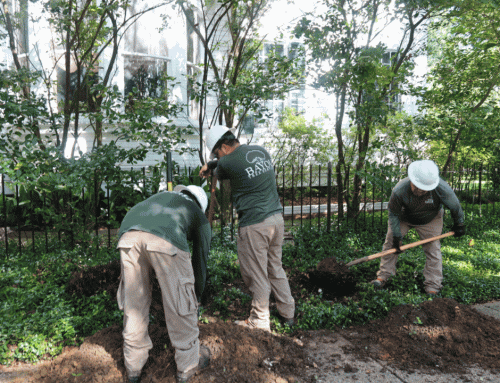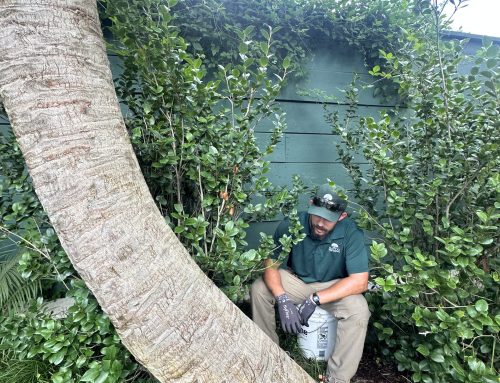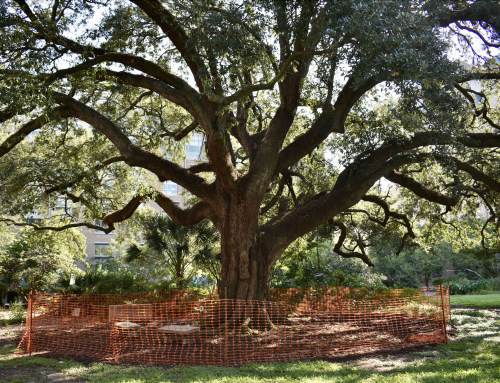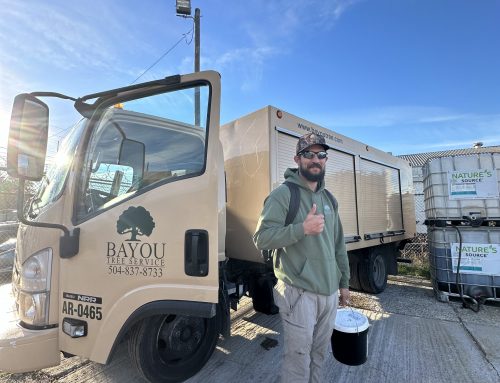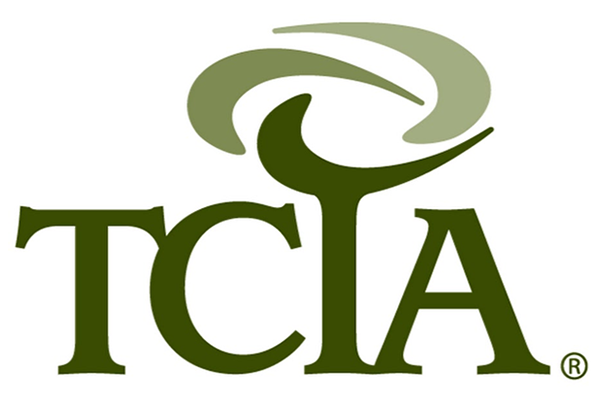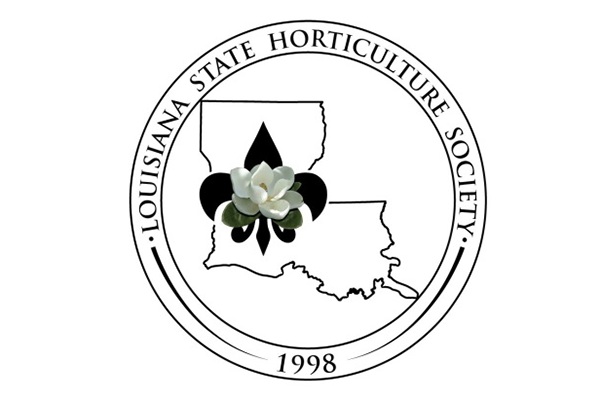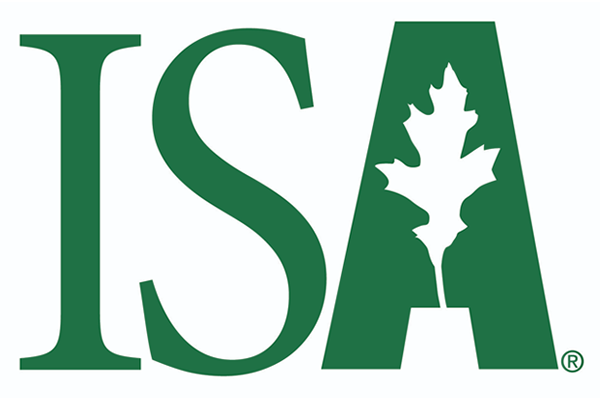What You Need to Know About Roundup’s New Formula and Its Potential Impact on Trees
For years, glyphosate was the primary active ingredient in Roundup, making it one of the most widely used herbicides. However, Monsanto has reformulated many Roundup products, replacing glyphosate with a mix of other chemicals—one of which is triclopyr.
If you use herbicides around trees, understanding this change is crucial. Triclopyr has different effects on trees than glyphosate, and its presence in Roundup can pose new risks to tree health.
Why This Matters for Trees
The Alligare Triclopyr 4 label warns:
“Do not apply Alligare Triclopyr 4 to exposed roots of shallow-rooted trees or shrubs.”
Since the fine feeder roots of all trees are shallow—typically within the top 12 inches of soil—this means Roundup should not be applied over tree roots to avoid unintentional damage.
How Glyphosate and Triclopyr Affect Trees
- Glyphosate (previously Roundup’s main ingredient) is a non-selective herbicide that kills most plants by blocking an enzyme essential for growth. It is systemic, meaning it moves throughout the plant once absorbed through leaves or fresh cuts.
- Triclopyr is a selective herbicide primarily used for controlling woody plants and broadleaf weeds. Unlike glyphosate, it does not affect grasses as much but can harm trees if absorbed through roots or bark.
The Risks of Using Herbicides Near Trees
✔ Root Absorption – Many trees, especially species like oaks, maples, and magnolias, have extensive shallow root systems. Applying herbicides containing triclopyr near tree roots can lead to unintentional absorption, weakening or even killing the tree.
✔ Bark Sensitivity – Triclopyr is often used for stump treatments because it can kill trees through bark absorption. If sprayed on a tree’s lower trunk, it may be absorbed into the vascular system, causing decline.
✔ Soil Contamination – Triclopyr has a longer residual effect in soil compared to glyphosate, meaning it may continue affecting nearby trees and plants for weeks after application.
✔ Other Broadleaf Herbicides – Atrazine and other broadleaf herbicides can also damage trees if applied too close to the root zone. These chemicals can leach into the soil and be absorbed by tree roots, leading to long-term stress or decline.
Always read and follow the label when using herbicides around trees.
Safer Alternatives for Weed Control Around Trees
To protect trees while managing weeds, consider these safer approaches:
🌿 Mulching – A thick layer of organic mulch suppresses weeds while keeping soil moisture balanced and benefiting tree roots.
🌿 Manual Removal – Hand-pulling weeds is labor-intensive but eliminates chemical exposure to tree roots.
🌿 Targeted Spot Treatments – If herbicides are necessary, choose a tree-safe, selective product and apply it carefully, avoiding root zones.
Bottom Line
Since Roundup now contains triclopyr in many of its formulas, it may present a greater risk to trees than before. Additionally, atrazine and other broadleaf herbicides can also harm trees, making careful application essential.If you’re treating weeds near trees, be cautious or explore alternative methods to avoid unintentional damage.
If you have any questions about protecting your trees, call your certified arborist. At Bayou Tree Service, our team of 16 certified arborists provides expert tree care with a preservation-first approach. Whether you need guidance on safe herbicide use or a full tree health plan, we’re here to help.
📍 New Orleans: 504.837.8733
📍 Baton Rouge: 225.372.8585
💻 Learn more: bayoutree.com

